Honestly, the best season in Southern California depends on what you’re after—but late summer and early fall usually win me over for their comfy weather and fewer crowds. People talk a lot about “June Gloom” and its gray mornings, but I’ve figured out how to dodge it and find sunshine when everyone else is bundled up. Picking the right time to hit the beach or head inland can totally change your trip.
There’s this magical stretch I call the “Secret Summer”—those warm, golden days after the big tourist wave has crashed. If you’re thinking about desert escapes, the winter months are just right for clear skies and cooler hikes in places like Palm Springs or Joshua Tree.
Let’s dig into what makes each season stand out, and how you can soak up the best of SoCal year-round.
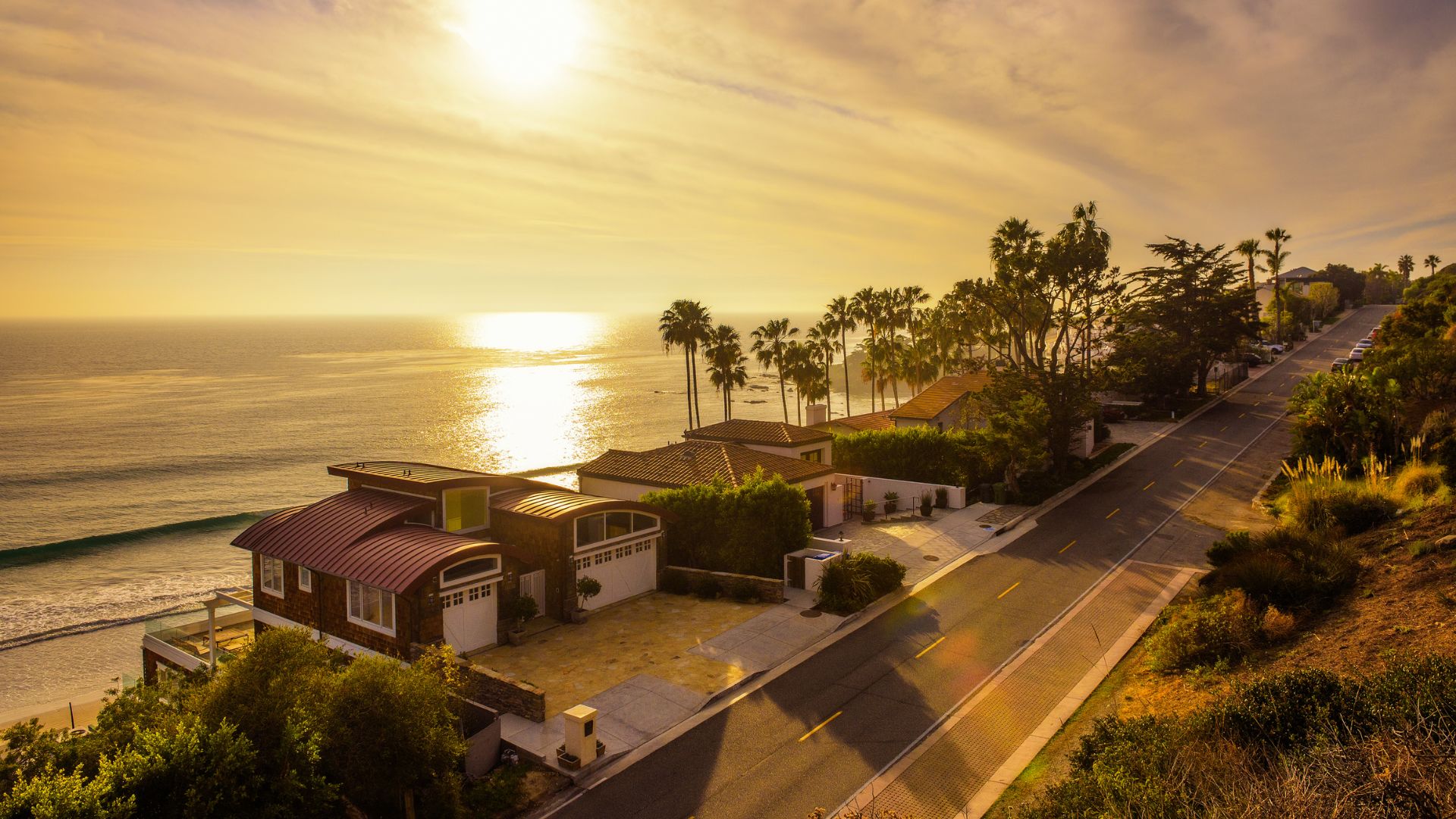
Understanding Southern California’s Climate Patterns
Southern California’s weather gets shaped by the Pacific Ocean, mountain backdrops, and wide-open deserts. These features create sharp differences between the coast, inland valleys, and higher elevations.
Coastal Versus Inland Weather
I always notice a big shift between the coast and inland. Along the coast—think Los Angeles or San Diego—summer feels cooler and winters stay mild. The Pacific acts like a natural AC.
Cloud cover, especially “June Gloom,” rolls in during spring and early summer. Mornings start off cool and gray, but sometimes the sun wins out by noon.
Head inland, though, and things heat up fast. Summer temps can soar, and nights get chilly, especially if you’re away from the sea breeze.
Here’s a quick comparison for you:
| Feature | Coastal | Inland |
|---|---|---|
| Summer high | 70s–80s °F | 90s–100+ °F |
| Winter low | 40s–50s °F | 30s–40s °F |
| Morning clouds | Common | Rare |
| Humidity | Higher | Lower |
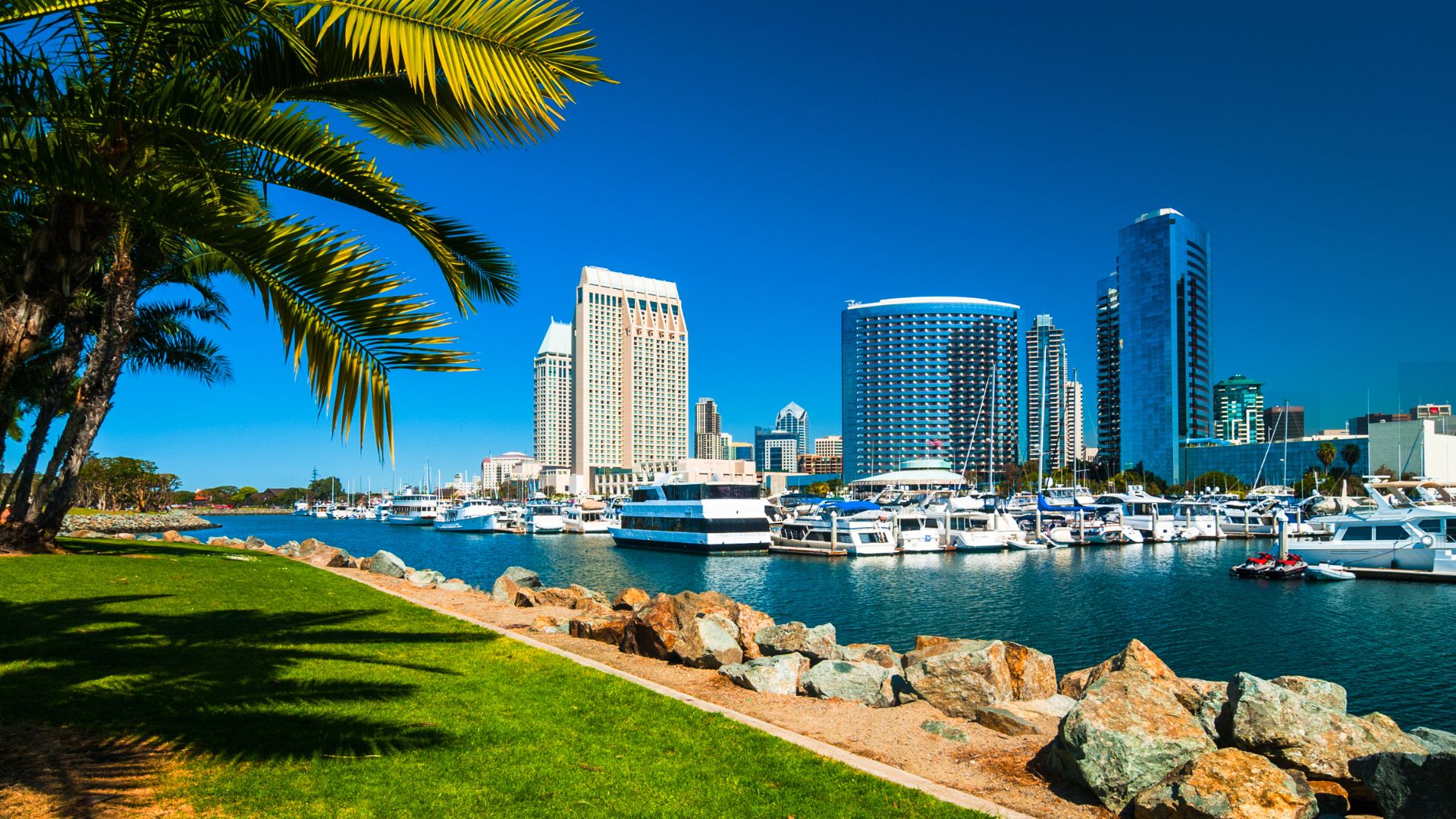
Impact of Ocean Currents
The California Current flows south along the coast and keeps things cool. That’s why beach towns rarely get scorching hot.
These chilly waters bring fog and low clouds, especially in May and June. Locals call it “May Gray” and “June Gloom.” The cold ocean air meets warm land air, and, well, you get those overcast mornings.
Usually, the marine layer burns off later in the day and the sun finally breaks through. If I’m planning something outdoors, I know the coast might start out gray while inland spots are already bright and sunny.
Elevation and Microclimates
Southern California isn’t just endless coastline. There are mountains, hills, and valleys everywhere you look.
These elevation changes create wild microclimates. Higher spots like the San Bernardino or San Gabriel Mountains stay cooler, even in the middle of summer. Sometimes, you’ll even see snow in winter.
Desert places like Palm Springs or Joshua Tree heat up during the day but cool off quickly at night. I love that a short drive can take me from foggy coastlines to sunny valleys or crisp mountain air.
This mix of climates is pretty rare, and it keeps things interesting no matter when you visit.
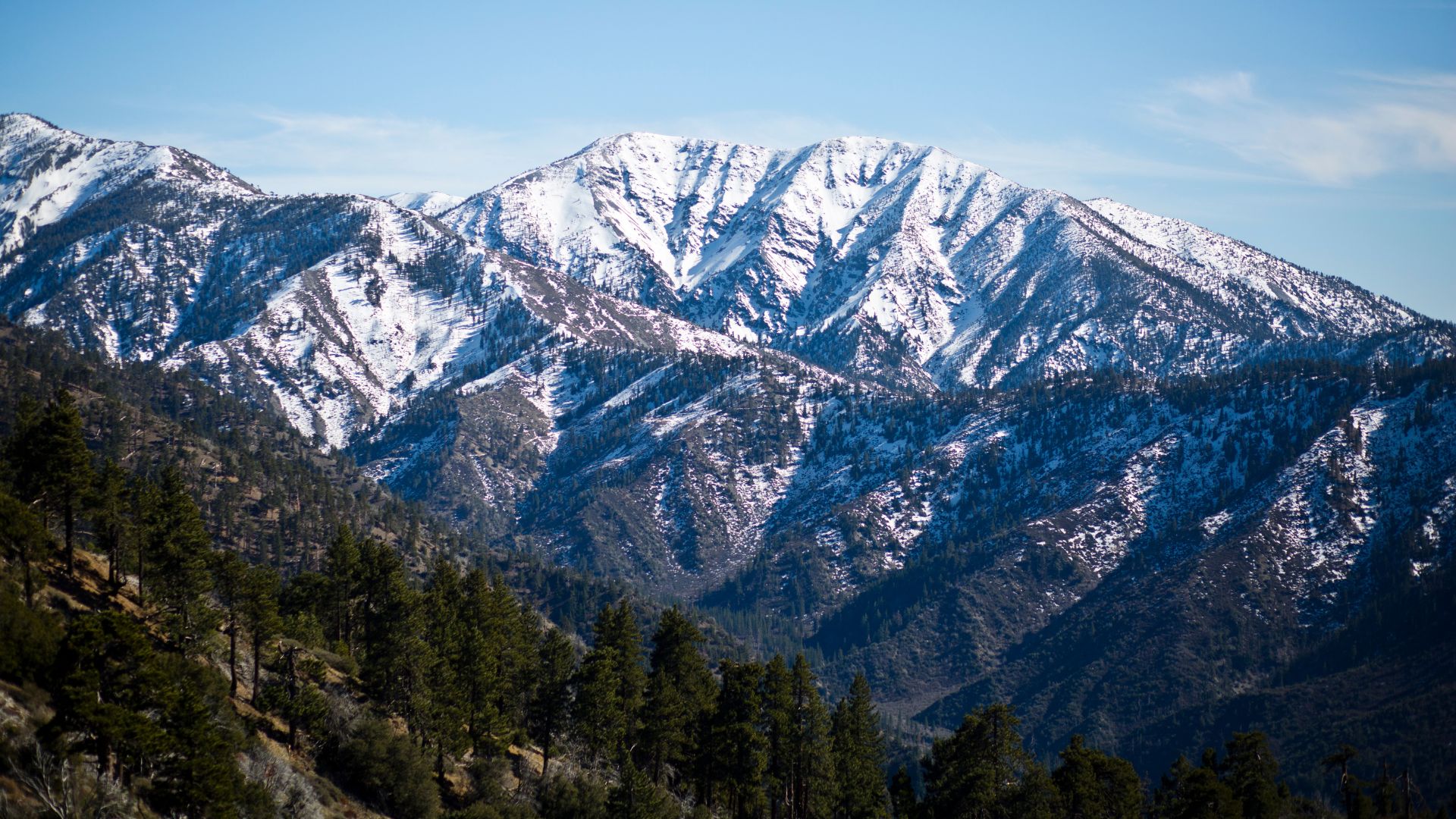
What Is ‘June Gloom’ and How to Beat It
June Gloom brings cloudy, cool mornings to Southern California’s coast. But honestly, there are plenty of ways to turn these days into something memorable—and a few places where the gloom barely touches.
Origins and Weather Science
June Gloom usually rolls in during late spring and early summer, peaking in June. The culprit? A marine layer. It’s just a thick cloud band that forms when chilly ocean air runs into warmer land air.
This layer keeps mornings gray and sometimes damp. Sometimes, the fog sticks around until afternoon.
It’s strongest right along the coast, but sometimes it creeps inland too. Because the ocean stays cold all year, this gray pattern shows up every year. By July, the sun usually takes over again.
For visitors, it can feel chilly compared to what you’d expect from sunny California.
Best Activities for Overcast Days
I actually love using June Gloom for outdoor stuff that’s easier without blazing sun. Hiking coastal trails, jogging in the morning, or biking along the beach feels way better in cool air.
Museums, aquariums, and indoor markets are perfect if you’d rather stay warm and dry. I’ve noticed coffee shops and art galleries are quieter on those gray mornings.
Photography gets a boost from the soft light, so I drag my camera out for some moody beach shots or garden strolls. Local parks and botanical gardens stay pretty peaceful during June Gloom too.
Top Coastal Spots to Avoid the Gloom
Not every beach gets socked in by clouds. For more sun, I head to Laguna Beach or the Palos Verdes Peninsula—these spots usually clear up earlier, thanks to their location and elevation.
If I’m craving guaranteed sunshine, I just drive inland to places like Pasadena or Anaheim. The marine layer rarely makes it that far. Even a short trip away from the beach can mean blue skies.
Some beaches north of Malibu, like Zuma Beach, often stay sunnier than Santa Monica or Venice. I always check a weather app before heading out, since things change quickly.
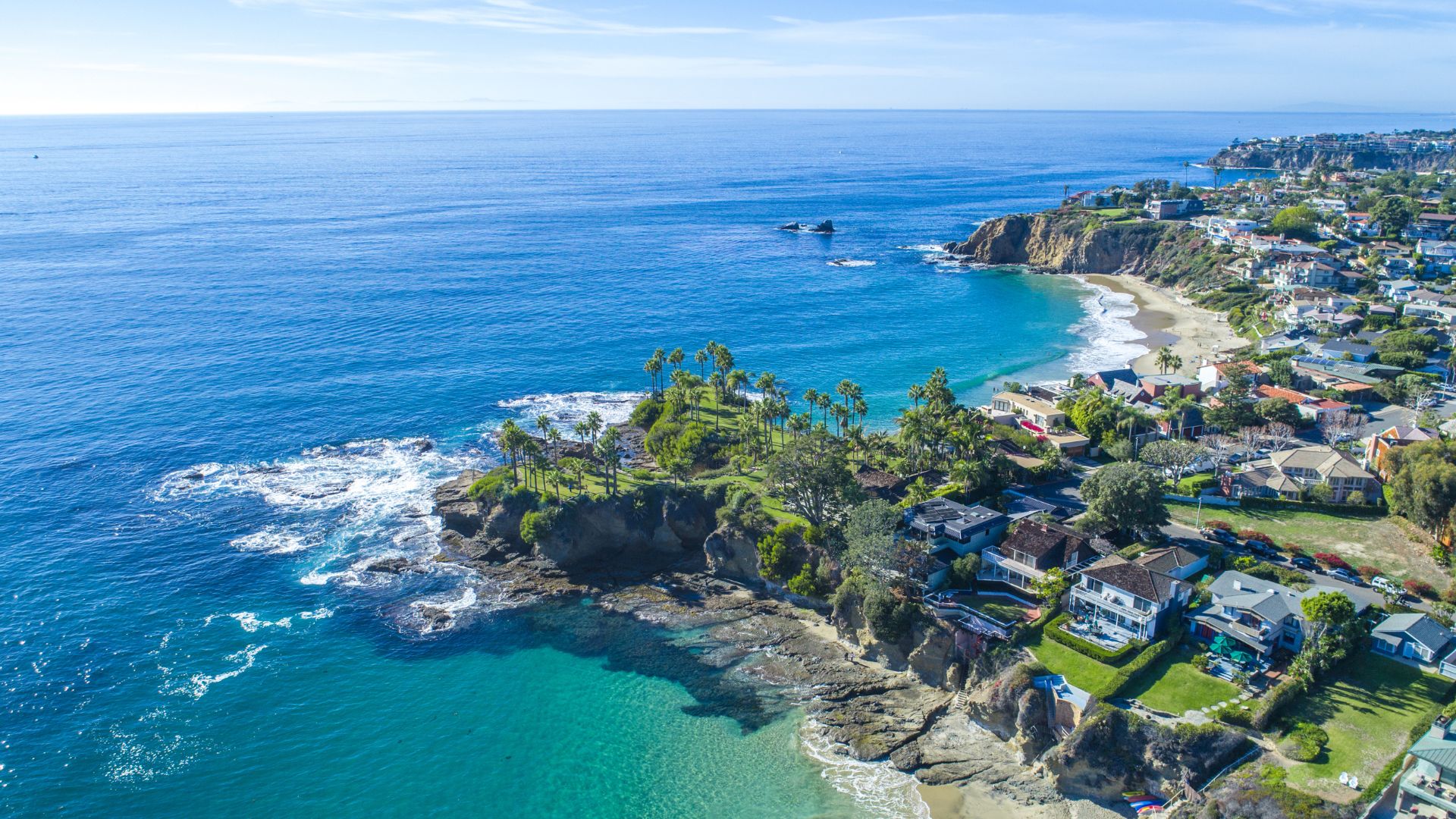
Discovering ‘Secret Summer’: The Best Kept Seasonal Secret
There’s a hidden season in Southern California that most folks miss. After the last of June’s clouds drift away, the weather turns gorgeous, the crowds thin out, and suddenly the beaches and parks feel like yours alone.
When and Where ‘Secret Summer’ Happens
‘Secret Summer’ usually kicks off in late August and lingers through October. Mornings are warm, evenings are calm, and the coast—from Santa Barbara down to San Diego—gets sunny and clear.
Inland valleys like Pasadena and Riverside stay hot but lose the crowds, making outdoor adventures feel way more relaxed.
The ocean warms up between late August and September. I see more locals swimming or surfing without wetsuits during this window.
Parks and mountain trails open up, so hiking or biking is more fun (and less of a people-dodging sport). Even busy spots like Malibu or Laguna Beach have open parking and quieter streets.
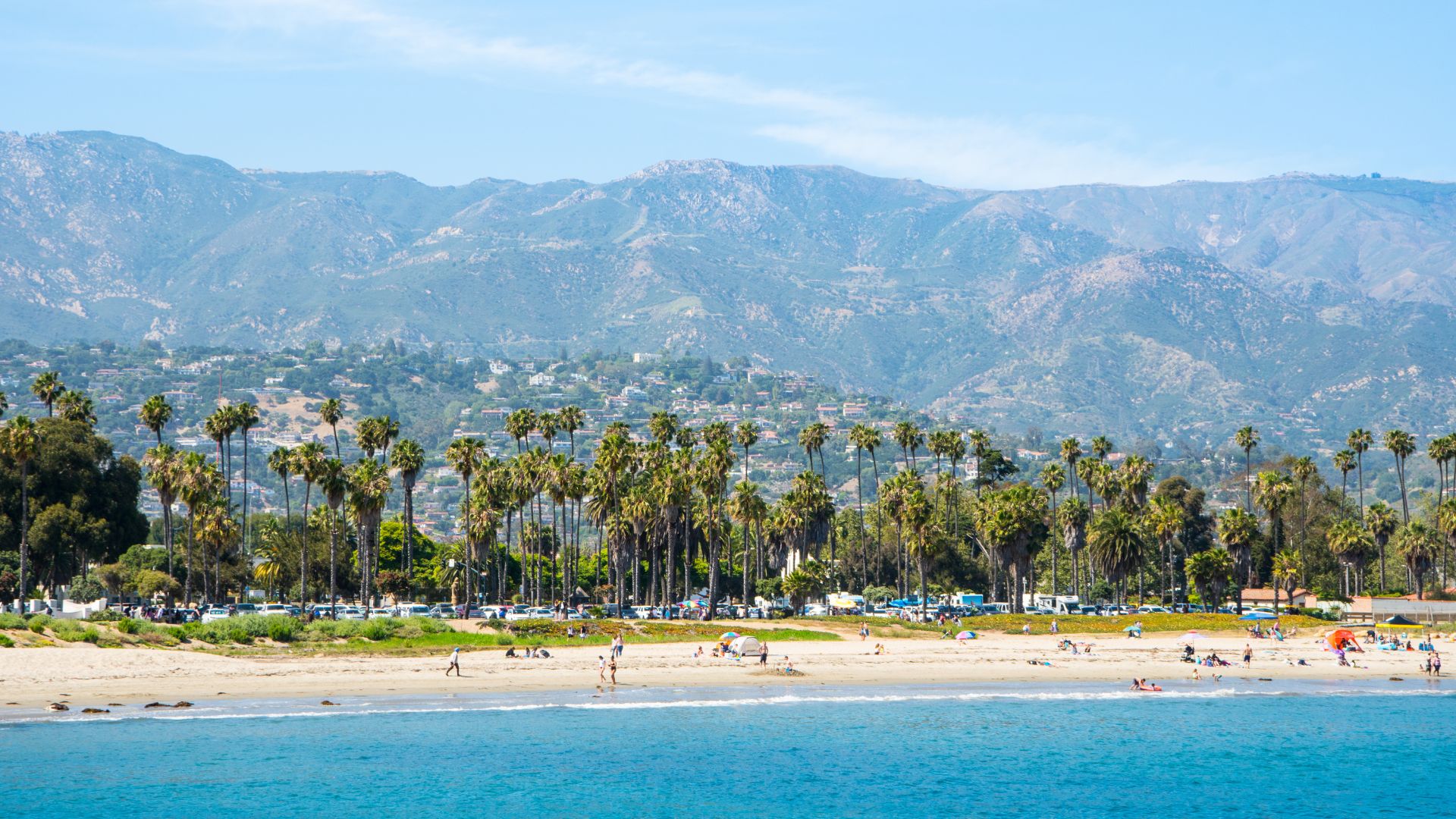
Why Locals Love Late Summer
What I love about ‘Secret Summer’ is how peaceful it gets. School’s back in session, so families clear out of the beaches and theme parks.
I can wander through popular places without the usual lines or crowded sand. The weather stays steady—sunny, not sticky, and I barely need a sweater at night.
Ocean breezes keep things cool, and it’s the perfect time to eat outside or bring a picnic to a quiet spot. For me, late summer is about slowing down and soaking up SoCal at its best.
Perfect Outdoor Events and Festivals
So many of my favorite events happen during this season. Here are a few I always look forward to:
| Event | Location | Highlights |
|---|---|---|
| Surf City Nights | Huntington Beach | Food trucks, local music |
| LA County Fair | Pomona | Rides, animals, concerts |
| Avocado Festival | Carpinteria | Food, crafts, live shows |
These festivals bring out the best food, art, and local vibes. I find more outdoor movie nights and pop-up markets in city parks, plus sunset concerts and art walks through September and October.
The mild weather means I can stay outside late, enjoying each event without the summer stampede.
Desert Winters: A Guide to Warmth and Adventure
Winter in Southern California’s deserts brings mild days, sunshine, and a chance to slow down or ramp up the adventure. I find these months peaceful—perfect for exploring or just unwinding.
Ideal Desert Destinations
When I hit the desert in winter, I always have a few places in mind. Joshua Tree National Park is a favorite for hiking, climbing, and especially stargazing. The stars in winter? Unreal.
Palm Springs shines for its mix of relaxing resorts, golf, and mid-century architecture. If I want something more rugged, Anza-Borrego Desert State Park calls with its quiet trails and wild desert landscapes.
Here’s a quick rundown:
| Destination | Highlights |
|---|---|
| Joshua Tree | Hiking, climbing, stargazing |
| Palm Springs | Spas, golf, shopping |
| Anza-Borrego | Trails, wildflowers, solitude |
Each spot offers a different take on winter in the desert.

Outdoor Recreation and Wellness
Desert winter is hands-down the best time for outdoor fun. The cooler air means I can hike, bike, or climb without worrying about heatstroke.
Trails are quiet, so I often get them all to myself. Hot springs are another reason I keep coming back—soaking in a warm pool after a chilly morning hike feels amazing.
Wellness is easy to find here. Many resorts offer outdoor yoga, and stretching in the sun is a treat. Golf courses in Palm Springs are at their prime, and I can play any time of day without melting.
Wildflower Blooms and Scenic Drives
Sometimes, fall and early winter rains bring a special treat: wildflower blooms. In good years, I’ve watched patches of bright orange, purple, and yellow flowers appear across Anza-Borrego and Joshua Tree.
Peak bloom usually hits between late February and March, but you might spot smaller bursts all winter.
Scenic drives are a must. State Route 74 from Palm Desert to the mountains or Highway 78 through Borrego Springs gives you those wide-open desert views and rolling hills. I always pack a camera and plan to stop for overlooks or a quick picnic along the way.
Choosing the Perfect Season for Your Trip
Southern California’s weather shapes every adventure, whether you’re after breezy beaches or cool desert hikes. I always think about timing, crowds, and packing smart to get the most out of a trip.
Matching Weather to Travel Style
The climate here shifts a lot by region and season. Beach lovers should aim for late summer and early fall, when the skies finally clear after “June Gloom.”
In spring, wildflowers pop in the hills, making hikes extra pretty and temps stay mild. Winter deserts serve up crisp air and clear skies—perfect for exploring places like Joshua Tree without the oven-baked heat.
City trips work best in spring or fall—Los Angeles and San Diego are comfortable for walking, humidity stays low, and even in winter, it rarely gets too cold. Here’s a cheat sheet:
| Season | Best For | Typical Weather |
|---|---|---|
| Winter | Desert adventures | Cool, sunny |
| Spring | Hikes & wildflowers | Mild, green landscapes |
| Summer | Beaches (late summer best) | Warm, can be hazy in June |
| Fall | City exploring, beaches | Warm, clear, less crowded |
Matching your trip style to the local weather really makes a difference.

Tips for Avoiding Crowds
I’ve noticed the busiest times are mid-June through August and school breaks. Popular beaches and parks fill up fast, especially on weekends.
For fewer people, I travel midweek or outside of peak vacation months. Desert areas like Palm Springs and Joshua Tree are quieter in early winter—before spring break crowds show up.
In the cities, visiting museums or popular spots early in the day means shorter lines and better parking. Smaller coastal towns feel calmer in late fall or early spring, when school’s in session.
Traveling off-peak not only means fewer crowds but often better deals on hotels and attractions. I always check local event calendars if I want peace and quiet over festival excitement.
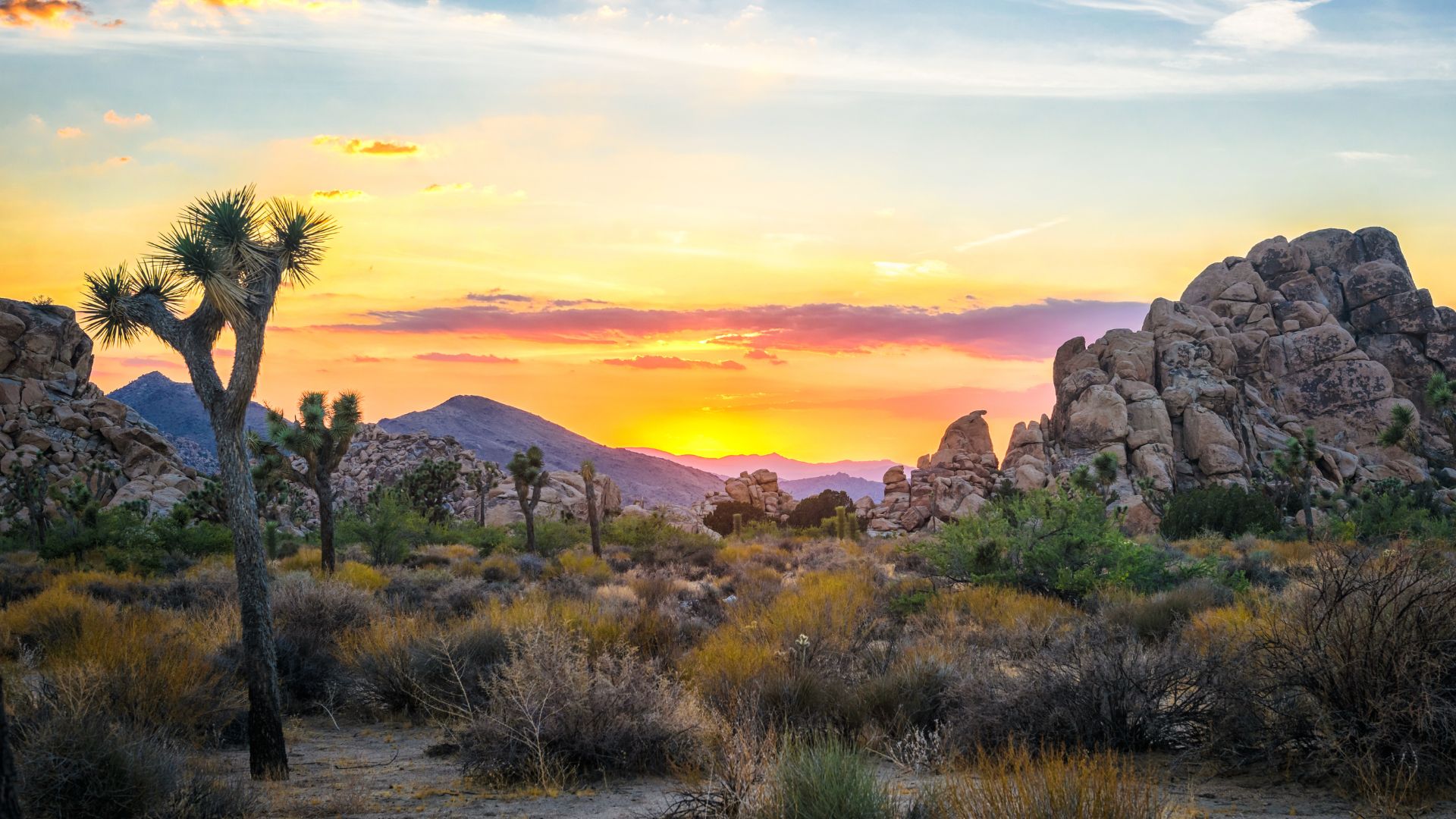
Packing Suggestions for Every Season
Southern California’s weather? It’s usually mild, but honestly, the temperature can jump around a lot. I always toss in a few layers—even in the summer. Mornings might surprise you with a chill, and if you’re near the beach or out in the desert at night, you’ll definitely want that light jacket.
Most trips call for a comfy t-shirt, a jacket you can stuff in your bag, and shoes that won’t wreck your feet. When I’m heading to the desert in winter, I grab a warm hoodie and some long pants. Spring and fall? I can’t decide, so I just mix up short sleeves and long ones.
You can’t forget sunscreen, sunglasses, and a hat. The sun’s strong here, no matter what month it is. Planning a hike? Trust me, you’ll need sturdy shoes and way more water than you think.
Swimsuits come in handy almost any time—pools and hot springs don’t care if it’s winter. I usually keep a small backpack ready for day trips. There’s just enough space for snacks, a refillable water bottle, and, of course, a camera.

